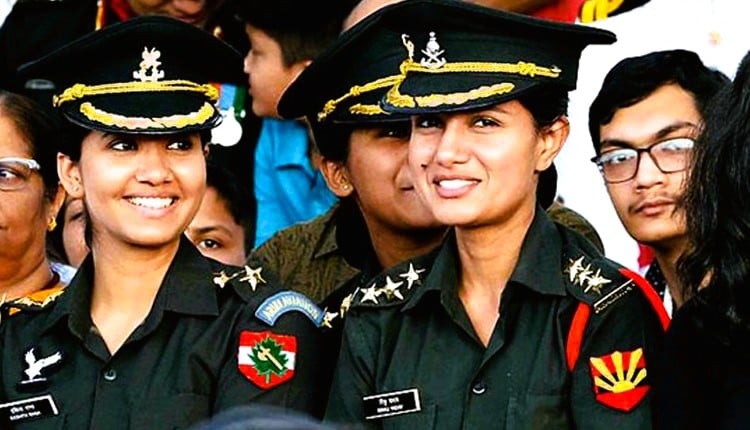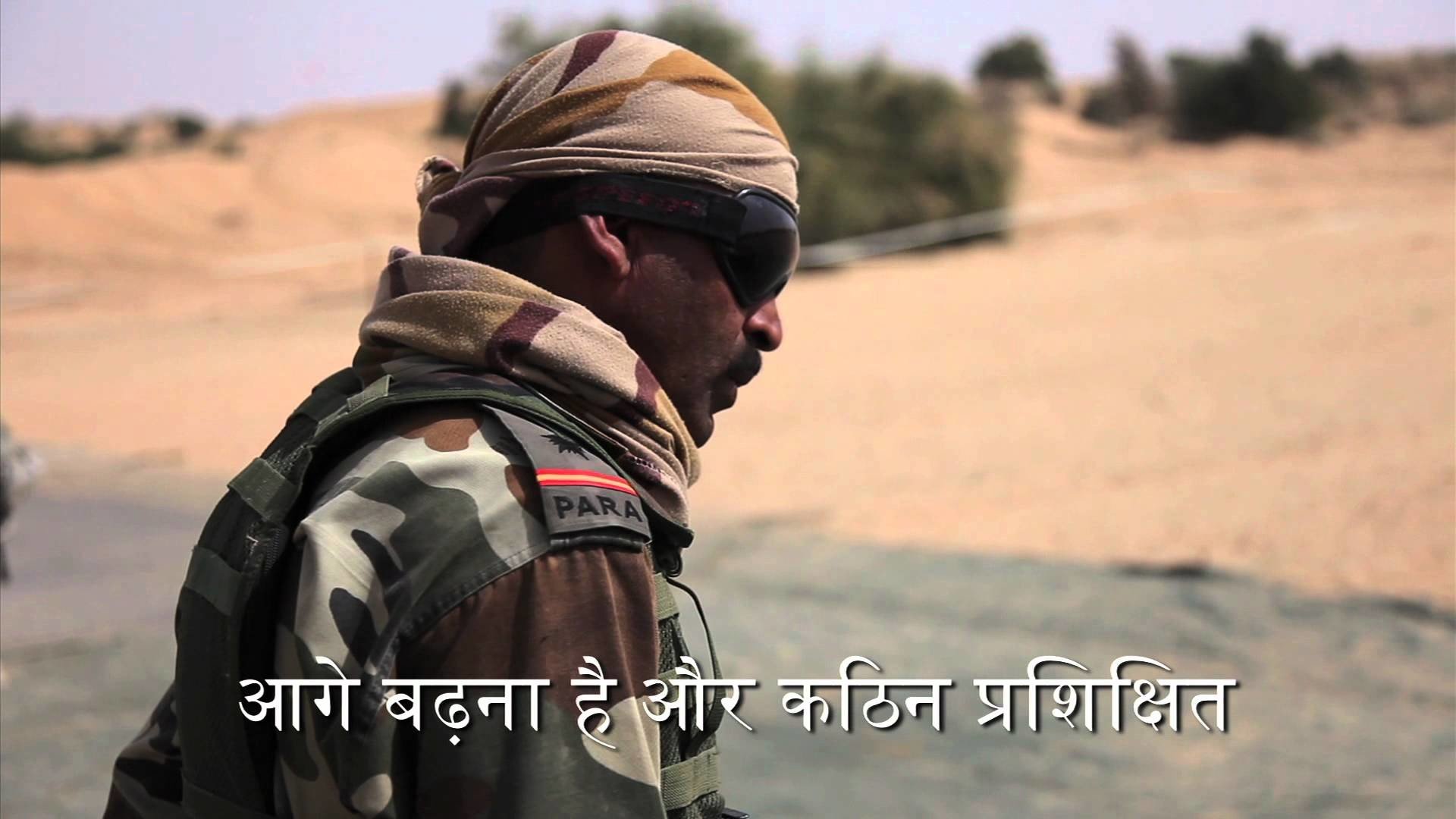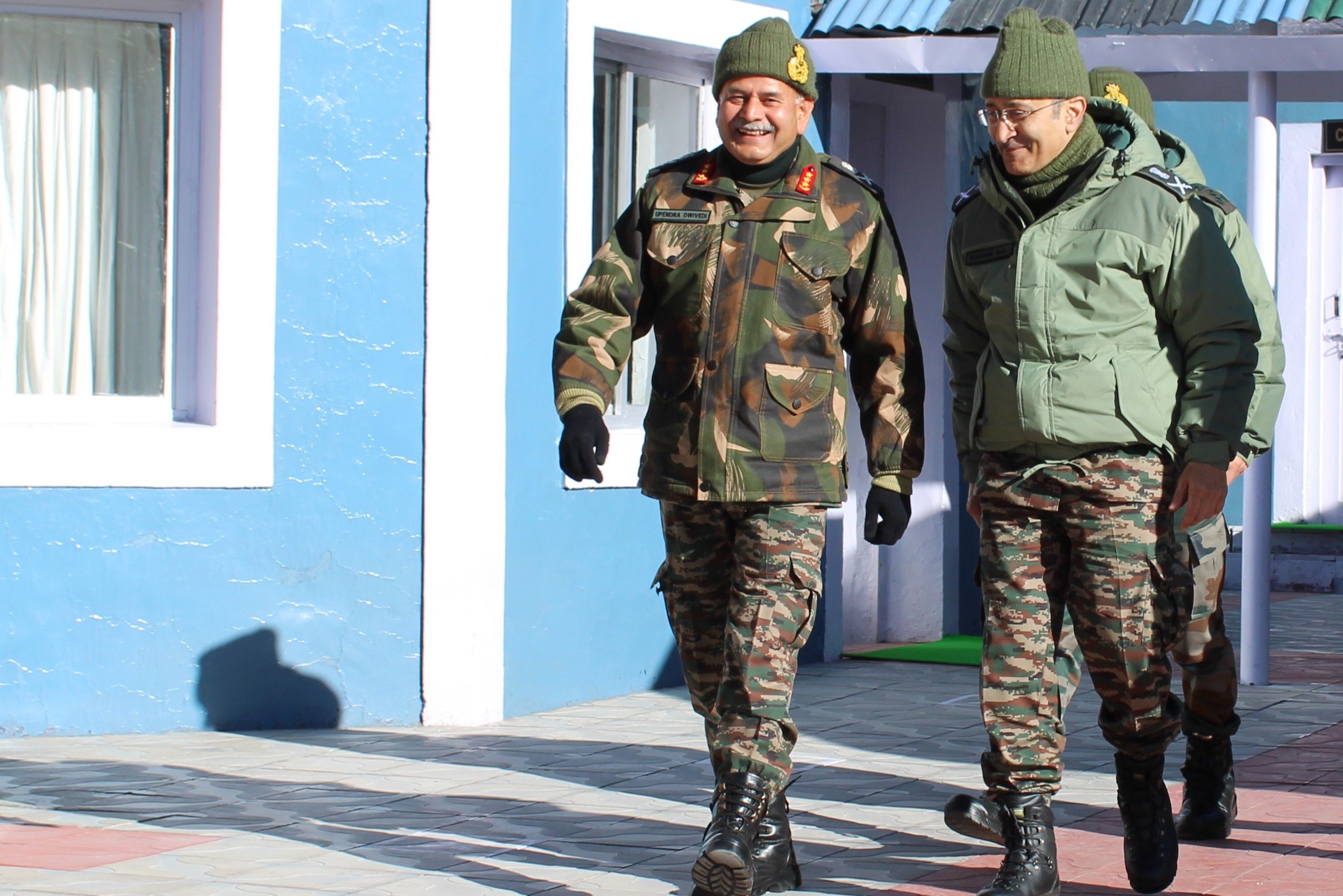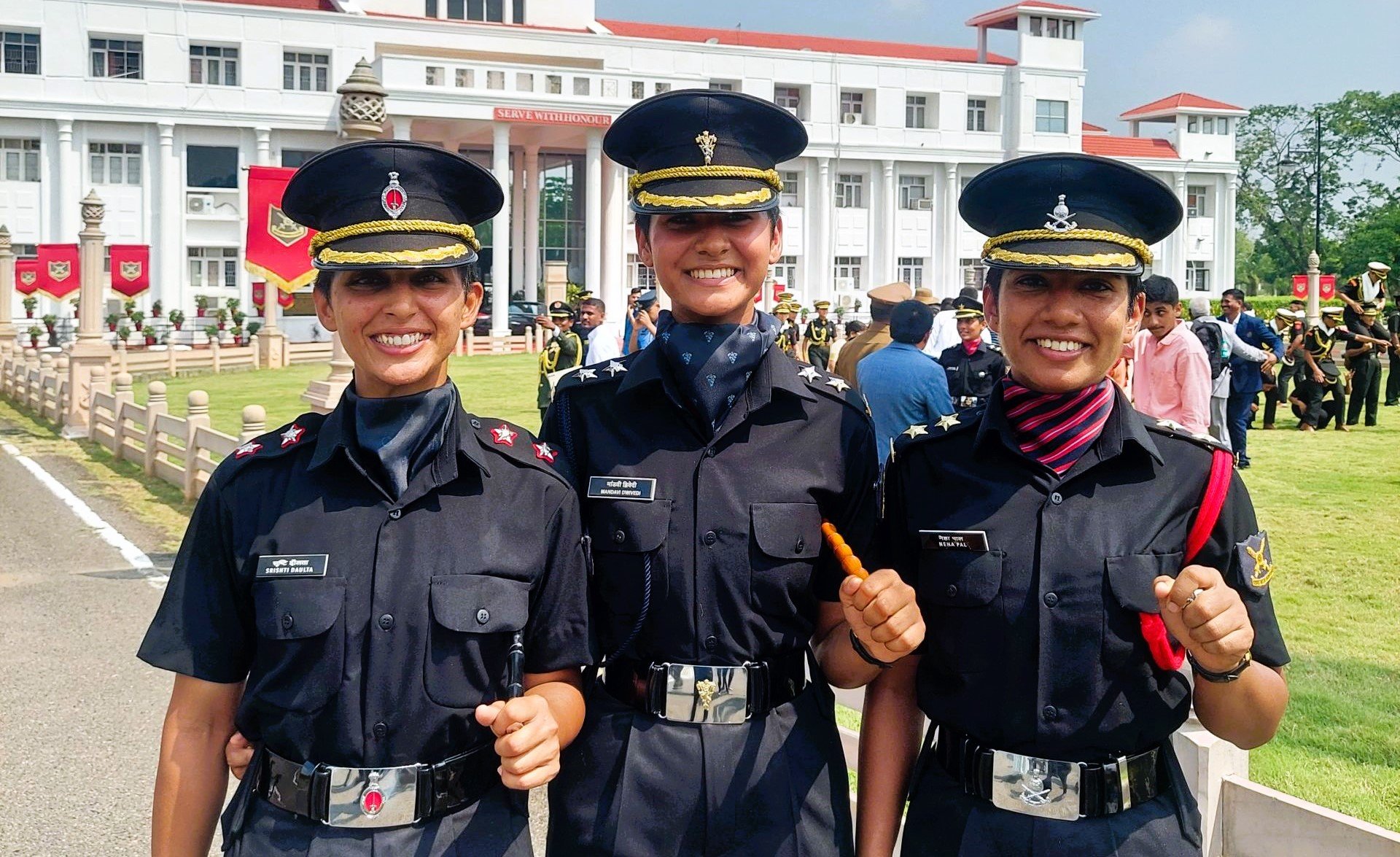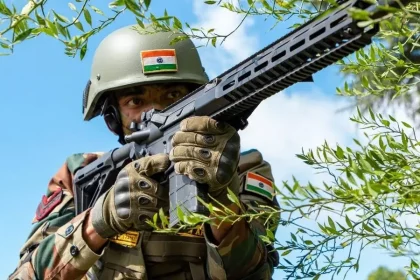Strengthening the Role of Women in Defence Forces
The Indian Government and the armed forces have taken significant strides towards enhancing the participation and roles of women within…
25 Best Indian Army Quotes for Defence Aspirant
Best Indian Army Quotes: From the melodies of our childhood, we often recall the essence of poems that venerate the…
Fighter Movie gets legal notice from IAF officer over kissing scene
The Bollywood film "Fighter," featuring Hrithik Roshan and Deepika Padukone, is currently facing legal scrutiny over a scene that depicts…
Lt General Upendra Dwivedi Becomes Vice Chief of Army Staff
In a recent announcement, Lt Gen Upendra Dwivedi has been appointed as the new Vice Chief of Army Staff. He…
JAG 32 Merit List Men and Women Indian Army
The Indian Army has released the merit list for the JAG-32 course for both men and women at the Officers…
List of Weapons used by the Indian Army 2025
The Indian Army has a wide range of weapons and equipment to support its operations, and is constantly updating its…

